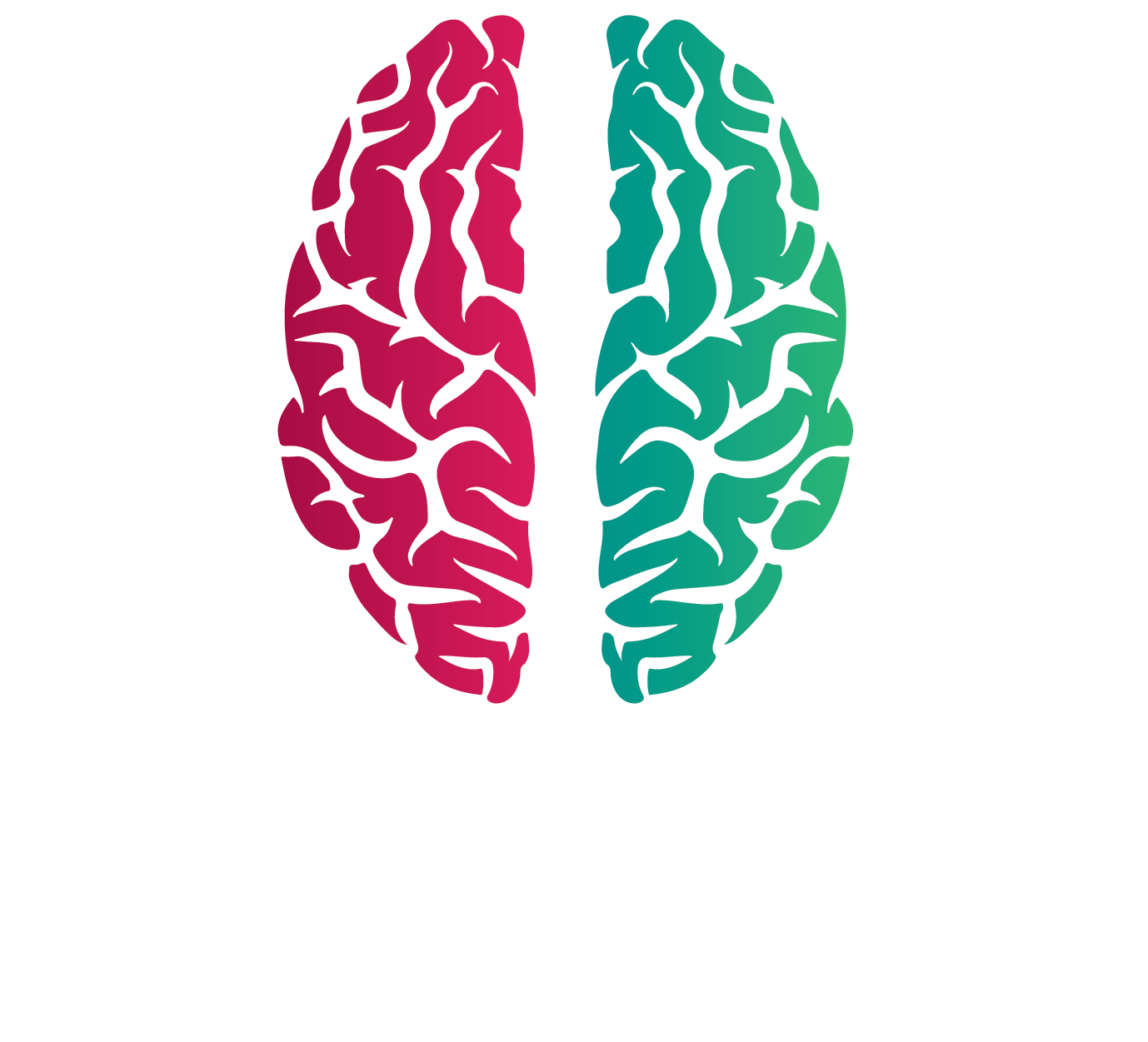SYSTEMICS™ BRAIN MODELS
How we behave and react to our environment depends on how we are genetically predisposed and, secondly, on how this predisposition interacts with our environment. (Epigenetics describes the influence of environmental factors, e.g. our early childhood – even traumatic – experiences, on our genes.)
The following three sections illustrate
- ALPHA (α): how automated processes usually run in our brain, then how problems or challenging situations are resolved, and finally what happens when these processes are overburdened and we stumble into the trap of permanent overload,
- LAMBDA (λ): how our brain learns with the help of serotonin, and recovers from this strenuous task with the help of melatonin, only to start learning (and/or correcting yesterday’s knowledge) again,
- and finally OMEGA (Ω): how we retrieve our brain from the claws of overload and start processing challenges again (we “rescue” it) – even developing new automatisms in the process.
You will recognize,
- what dangers our brains are exposed to in everyday life,
- what learning really means, and
- how easy it is to turn overload into a series of challenges.
We invite you to join us on this exciting journey. And, once you have acquired your knowledge, to reciprocally improve ours (for which the Quality Advisory Board offers an annual award).
